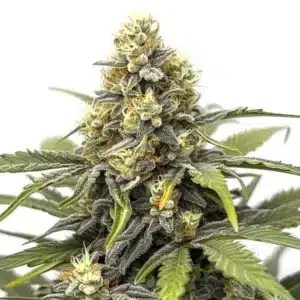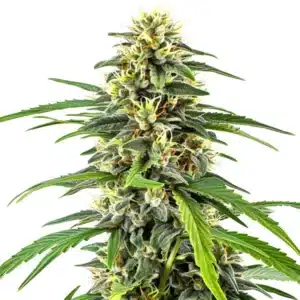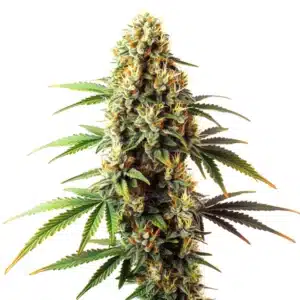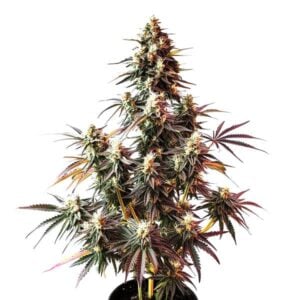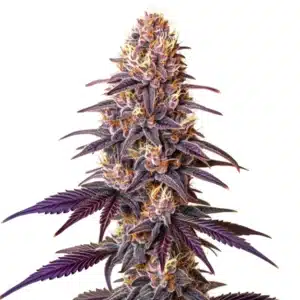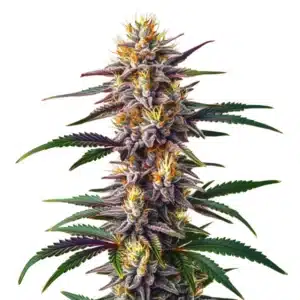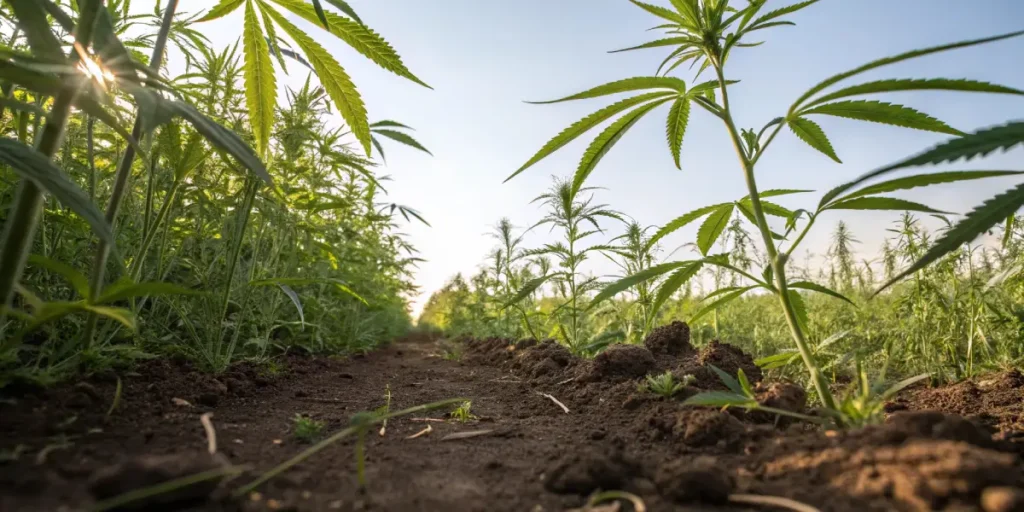
The Secret to a Thriving Garden: Using Cover Crops for Cannabis
Let’s talk about the ground your cannabis grows in. Too many growers treat their soil like a dead, inert substance just something to hold the plant up while they pour in bottled nutrients. But the best growers, the ones who get truly amazing results, know the secret: your soil should be alive.
And the best way to bring your soil to life, to turn it into a thriving ecosystem, is by using cover crops. These aren’t just weeds; they are powerful companion plants that work in harmony with your cannabis to build a healthier, more resilient garden.
Recommended Strains
Amnesia
|
|
THC | 15% - 20% (Medium) |
|
|
Type | Feminized |
|
|
Yield | Medium |
|
|
Phenotype | 30% Indica / 70% Sativa |
Amnesia Haze
|
|
THC | 18% - 22% (Medium) |
|
|
Type | Feminized |
|
|
Yield | High |
|
|
Phenotype | 30% Indica / 70% Sativa |
The Golden Rule: Choose Companions, Not Competitors
But before you start scattering seeds, you need to understand the golden rule of companion planting for cannabis. And it’s a big one. Do not plant other heavy-feeding, fruiting plants next to your cannabis.
Your cannabis plant is a greedy beast underground. Its root system is massive, aggressive, and will dominate its territory. If you plant it next to other hungry competitors like tomatoes, peppers, or beans, you are forcing them into a brutal underground war for water and nutrients. Your cannabis will likely win, but both plants will be stressed and suffer for it.
Instead, you want true companions. Small, helpful plants that support your cannabis, not fight it. Think of low-growing flowers and herbs that fix nitrogen, deter pests, and create a living mulch on the surface of your soil.
Promos & Deals
The Old-School Secret: Give Your Soil a Rest
Want to know a technique from ancient farming that will supercharge your soil’s health for years to come? It’s called letting your soil go fallow (or “barbecho” in Spanish).
This means giving your garden a planned rest between your main cannabis grows. After you harvest your beautiful buds, you sow a rich mix of cover crops, like clover, rye, and vetch and simply let them grow. Over the off-season, you can chop them down and let them decompose right on the surface, or till them into the soil. This practice recharges your soil with incredible amounts of organic matter and revitalizes the entire microbial ecosystem. It’s the ultimate Sustainable way to Nurture your earth, ensuring your Homegrown cannabis has the best possible foundation to Thrive, season after season.
Your Cover Crop Toolkit
Think of cover crops as your team of little helpers. Here are a few of the best:
- The Workers (Clover, Vetch): These are nitrogen-fixers. They literally pull nitrogen from the air and store it in your soil, providing free, perfectly Organic fertilizer for your cannabis.
- The Bodyguards (Marigolds, Cilantro): These plants are known to repel common garden pests, acting like bouncers for your valuable plants.
- The Muscle (Daikon Radishes): If you have compacted, hard soil, planting these radishes will do the hard work for you. Their powerful taproots will drill down deep, breaking up the soil and improving aeration naturally.
When you Cultivate a living soil for vigorous strains like Blue Dream or Amnesia Haze, you’ll be stunned at the results. The health, flavor, and aroma of your final product will be on another level.
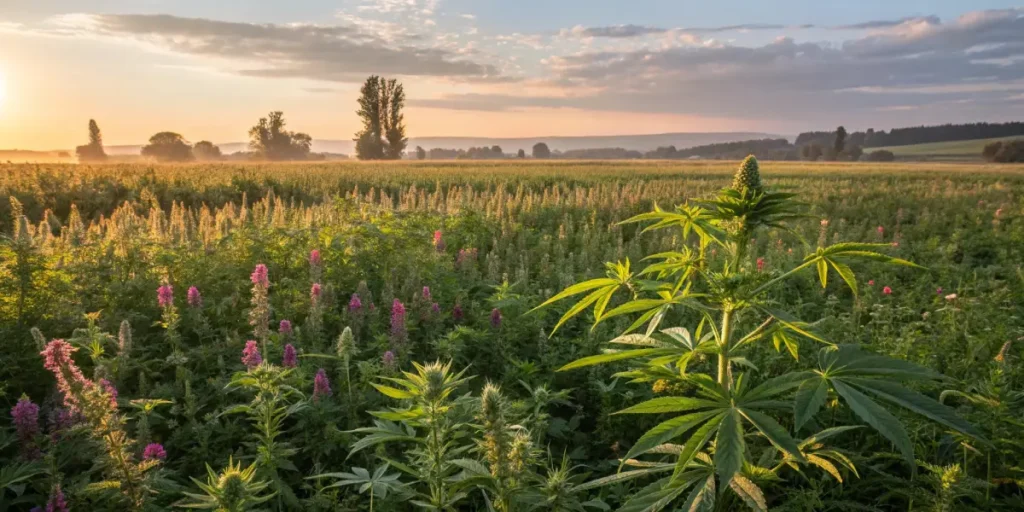
Frequently Asked Questions
What are cover crops in simple terms?
Think of them as “helper plants.” They are plants you grow in and around your main crop (cannabis) not for their own harvest, but to benefit the soil and the main plant. They can add nutrients, stop weeds, and improve the overall health of your garden’s ecosystem.
What kind of plants should I AVOID planting next to my cannabis?
Avoid planting other heavy-feeding, competitive plants, especially those that produce a big fruit or vegetable. Things like tomatoes, corn, peppers, or beans have aggressive root systems and will get into an underground war with your cannabis for water and nutrients, stressing both plants out.
What is a “fallow” period and why is it good for my soil?
A fallow period is a planned rest for your soil. After you harvest your cannabis, you plant a mix of cover crops and let them grow for a season. This process naturally replenishes the soil with organic matter and nutrients, revitalizes the microbial life, and ensures your soil is even richer and healthier for your next cannabis grow. It’s a cornerstone of sustainable farming.
What is the easiest cover crop for a beginner to start with?
White Clover is a fantastic choice for beginners. It’s low-growing, so it won’t compete with your cannabis for light. It’s a great nitrogen-fixer, and it creates a beautiful “living mulch” on your soil surface that suppresses weeds and keeps the soil moist. It’s very low-maintenance and highly effective.


